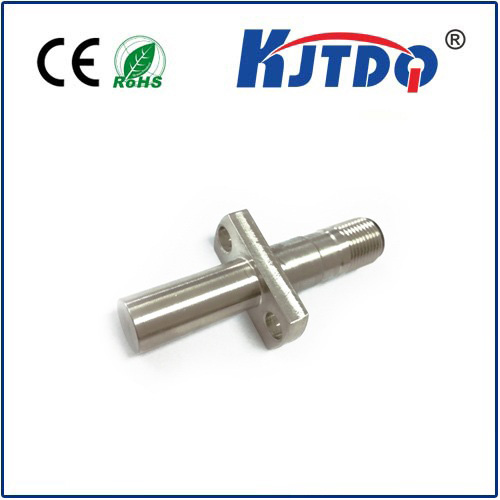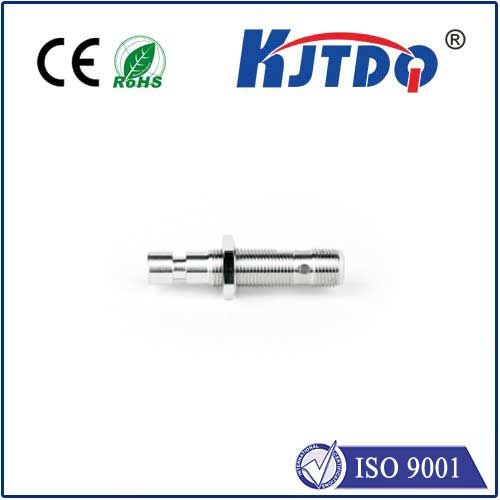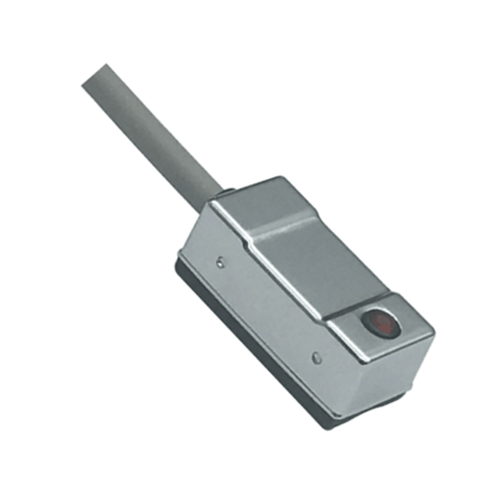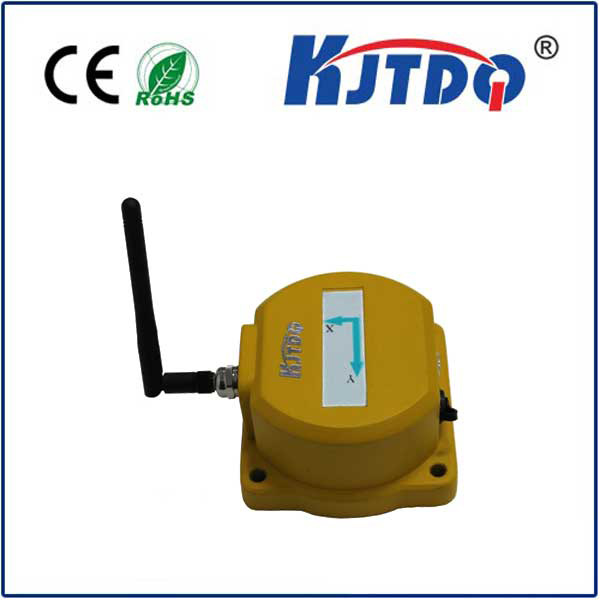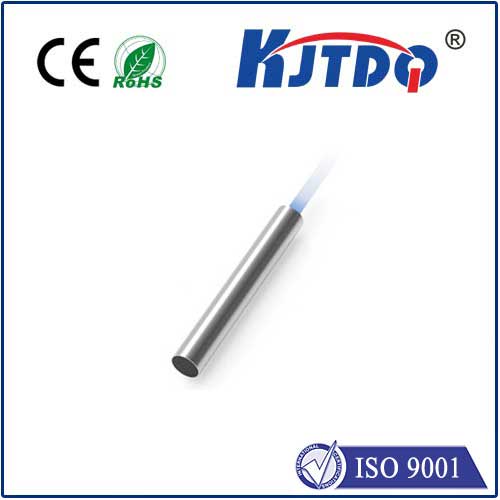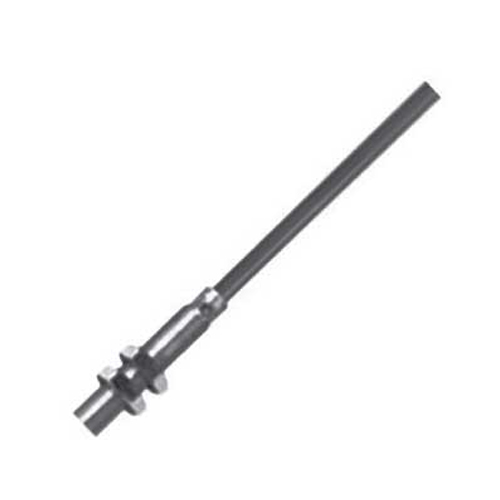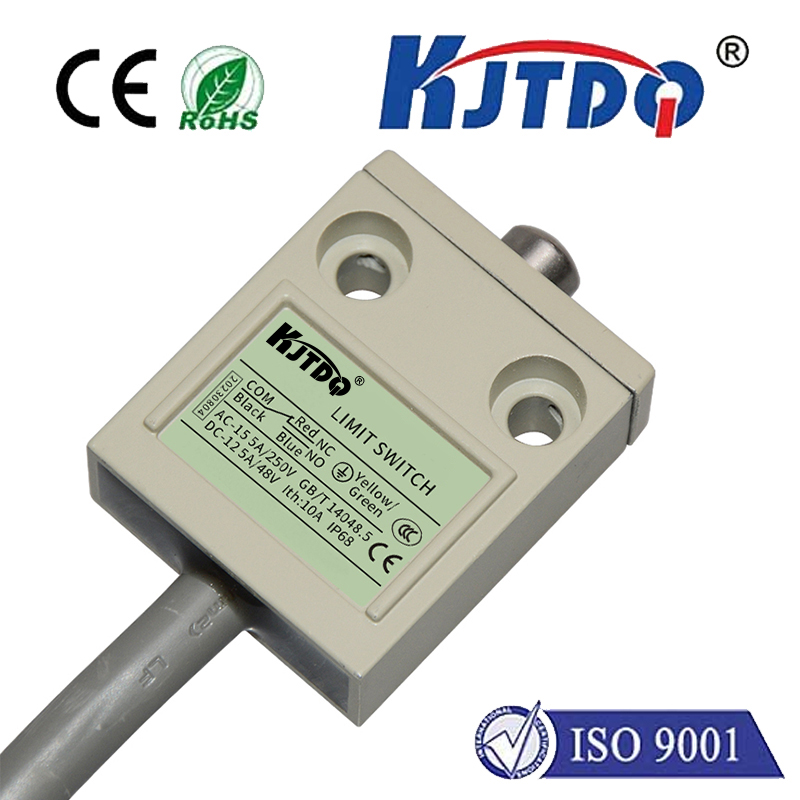sanil proximity sensor skd-12m-t
- time:2025-09-06 02:44:31
- Click:0
Sanil SKD-12M-T Tubular Proximity Sensor: Precision Detection for Demanding Automation
Imagine a critical machine component malfunctioning because a sensor failed to detect its position accurately. Or production grinding to a halt due to false signals in a dusty, wet environment. In automated systems, reliable object detection isn’t just convenient; it’s fundamental to efficiency, safety, and product quality. This is where robust, dependable proximity sensors like the Sanil SKD-12M-T prove indispensable. This compact, tubular powerhouse offers precision and resilience tailored for the rigors of modern industrial applications.
Understanding the Sanil SKD-12M-T: The Core Specifications
The Sanil SKD-12M-T belongs to the category of inductive proximity sensors. This means it detects the presence of metallic objects (typically ferrous metals like iron and steel, with varying sensitivity to non-ferrous metals) without physical contact. It achieves this through an electromagnetic field generated by its internal coil. When a metallic target enters this field, it induces eddy currents within the target, causing a detectable change in the sensor’s own oscillation. This change triggers the sensor’s switching output.
Let’s break down its key characteristics:

- Form Factor: Tubular, cylindrical housing (M12 x 1 thread). This is an extremely common and versatile form factor, simplifying mounting in standard sensor brackets.
- Sensing Principle: Inductive (oscillation damping).
- Sensing Distance (Sn): Classified as 2mm (±10%). This specific sensing range is ideal for many precise positioning tasks.
- Mounting Type: Flush Mountable. A crucial feature! Unlike non-flush sensors, the SKD-12M-T can be mounted flush with its mounting surface without losing its specified sensing range. This offers significant advantages:
- Space savings in compact machinery.
- Protection against accidental damage from the sides.
- Simplified installation.
- Output Configuration: PNP, Normally Open (NO). This means the output switches the positive supply voltage (e.g., +24V DC) when a target is detected. NO means the output is “off” (open circuit) when no target is present and “on” (switched to +V) when a target is within range.
- Electrical Connection: Pre-wired cable (standard length varies, e.g., 2m). Offers flexibility and ease of connection.
- Housing Material: Typically Nickel-plated brass. Provides excellent corrosion resistance and durability.
- Protection Rating: IP67. This is a critical specification indicating high resistance to dust ingress (IP6x) and protection against the effects of temporary immersion in water (IPx7 – up to 1m for 30 minutes). This makes the SKD-12M-T suitable for harsh workshop environments involving coolants, washdowns, dust, and chips.
- Operating Voltage Range: Designed for DC voltages, commonly 10-30V DC. This covers the standard industrial control voltage range.
- Output Current: Capable of handling up to 200mA. Sufficient for directly driving PLC inputs, relays, or small solenoids.
Why Choose the Sanil SKD-12M-T? Key Advantages
Beyond its core specs, the SKD-12M-T delivers tangible benefits in real-world applications:
- Exceptional Reliability: Its rugged brass housing and IP67 protection ensure consistent operation in environments where lesser sensors would fail. Immunity to dust, moisture, oil, and vibration translates to reduced downtime and maintenance costs.
- Precision Detection: The 2mm sensing range, combined with inductive technology, offers high repeatability and accuracy for detecting the presence or absence of metallic parts. This is vital for position verification, counting, and end-of-travel detection.
- Flush Mounting Flexibility: As a flush mount sensor, it provides significant design freedom and protection, making installation easier and safer in space-constrained or high-traffic areas.
- Simplified Integration: The PNP NO output using 3 wires (Brown = +V, Blue = 0V, Black = Signal Output) is the de facto standard for many PLCs and control systems, ensuring straightforward wiring.
- Long Service Life: Non-contact sensing means no moving parts are worn down by the target. The sensor only experiences wear from environmental factors, which the robust construction and IP67 rating are designed to withstand for years.
- Cost-Effectiveness: Offering strong performance and durability at a competitive price point, the SKD-12M-T delivers excellent value for a wide range of standard detection tasks.
Where the Sanil SKD-12M-T Excels: Typical Applications
This sensor’s blend of reliability, precision, and environmental protection makes it a go-to choice across numerous industries:
- Machine Tooling: Position sensing of tool holders, slides, clamps, and workpiece presence on CNC machines, lathes, mills. Resistance to coolant is vital.
- Material Handling & Conveyors: Detecting packages, pallets, or components on conveyor lines; verifying correct positioning for sorting or transfer operations.
- Packaging Machinery: Verifying carton presence, detecting metal components within packaging, counting products.
- Automated Assembly: Confirming the presence or absence of parts in fixtures, detecting end positions of actuators, verifying component insertion.
- Automotive Manufacturing: Numerous applications on assembly lines for part presence, robot end-effector positioning, and safety interlocks.
- General Industrial Automation: Any application requiring reliable, non-contact detection of metallic objects within a 2mm range in challenging environments.
Implementing the SKD-12M-T: Best Practices
To maximize performance and lifespan:
- Understand Target Material: While primarily for ferrous metals, inductive sensors have different sensitivities. Know your target material; the effective sensing range can decrease for non-ferrous metals like aluminum or brass. Consult Sanil datasheets if unsure.
- Respect the Sensing Range: Ensure targets approach within the specified 2mm sensing range (Sn) perpendicular to the sensing face. Avoid relying on detection at the edges of the range for critical tasks.
- Ensure Proper Mounting: Securely mount the sensor using the M12 thread. For flush mounting, ensure the surrounding material is non-metallic to prevent interference. Non-flush sensors require specific clearance.
- Mind the Environment: While IP67 rated, avoid sustained high-pressure jets directly on the sensor face or cable entry point. Ensure operating temperatures are within the sensor’s specified range.
- Correct Wiring: Double-check the wiring diagram. Incorrectly connecting the Brown (+V), Blue (0V), and Black (Signal) wires can damage the sensor or the connected equipment. Always ensure the voltage supply is within the 10-30V DC range.
- Protect the Cable: Although robust, route the cable away from sharp edges, moving parts, excessive heat, and chemicals. Use cable conduits or carriers in high-risk areas. Strain relief at the connection point is essential.
The Unseen Workhorse
In the complex symphony of industrial automation, components like the Sanil SKD-12M-T often perform vital yet unnoticed roles. Its robust IP67 brass housing, precise 2mm inductive sensing, and crucial flush mounting capability combine to create a sensor engineered for reliability in demanding conditions. Whether it’s ensuring a robotic arm grips correctly, verifying a component is present before a process starts, or counting thousands of identical parts hour after hour, the SKD-12M-T provides the dependable, non-contact detection foundation that countless automated processes depend upon. Choosing the right sensor, like this proven tubular model, is a fundamental step towards building resilient, efficient







